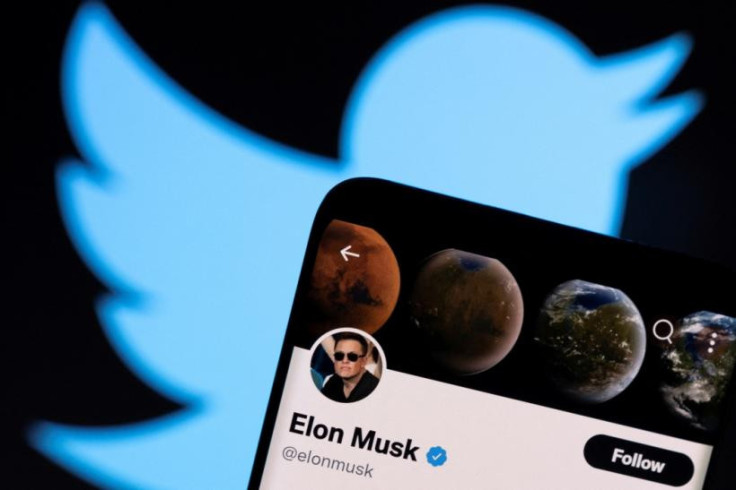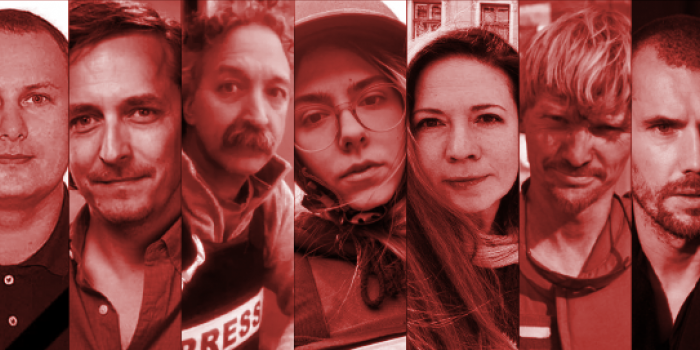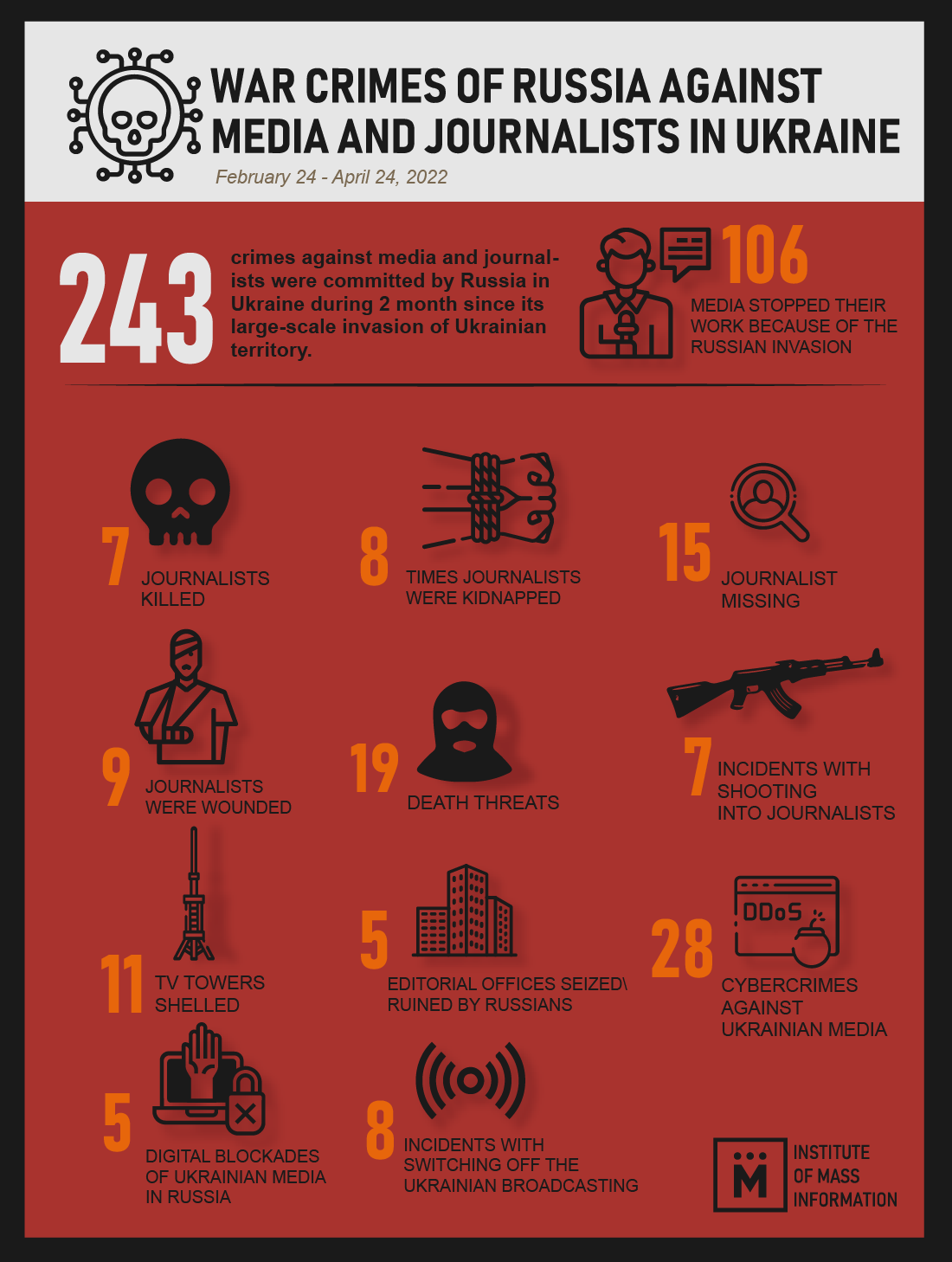It was a public holiday in Moldova to celebrate Orthodox Easter when the country found itself drawn into a conflict it has tried very hard to avoid.
By Jane Bradley
Wednesday, 27th April 2022
In the self-declared pro-Russian republic of Transnistria, in the south of Moldova on the Ukrainian border, two blasts struck the Grigoriopol district in the early hours of Monday morning, taking out masts broadcasting Russian radio stations.
A few hours later, the city of Tiraspol - the capital of the breakaway state – also reported a series of attacks on the building of the Tiraspol Security Service, the MGB, blowing out several windows on the upper floors.
Moldovan president Maia Sandu yesterday held an emergency meeting with her security council, where she described the situation as “complex and tense”.
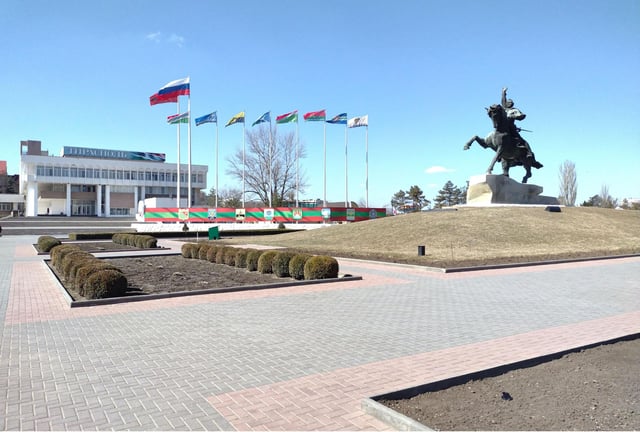
She said: “What is happening in the last 24 hours in the Transnistrian region is an escalation of tensions. Our analysis, at this time, shows that there are tensions between different forces within the region, interested in destabilising the situation. This makes the Transnistrian region vulnerable and poses risks to the Republic of Moldova.”
Transnistria, known officially as the Pridnestrovian Moldavian Soviet Socialist Republic (PMSSR), was created in 1990 by pro-Soviet separatists, who wanted to remain part of the USSR when the rest of Moldova was vying for independence – or a possible unification with Romania.
Russian troops are still stationed there, although the region remains technically part of Moldova – and is internationally recognised as such – where the main language is Romanian. The government has, in recent years, moved closer to the West.
Yet more than 30 years on from its formation, the region is still seen as a Soviet throwback. Russian display tanks greet visitors as they enter Tiraspol, while a statue of Vladimir Lenin stands proudly in the city. Its is the only flag in the world to have retained the Communist symbol of the hammer and sickle
Footage of the border between Transnistria and Moldova yesterday saw queues of cars apparently trying to leave the region. However, locals insisted it was due to people going about their normal business, rather than a mass exodus of Transnistrians desperate to leave amid fears of unrest.
“Everything is quiet, people are going to work,” a man living in Transnistria told local media.
The attacks, the source of which are as yet unknown, have worried pro-Russian forces. They follow a series of blasts on key sites across Russia in recent days and a number of fake bomb threats phoned into schools and medical institutions in Transnistria.
It is unclear who is behind the attacks. Claims are they are “false flags” carried out by Russia itself to use as a reason for provocation against Ukraine and potentially Moldova. This has been questioned due to the high-value targets chosen.
Professor Luke March, deputy director of the Princess Dashkova Russian Centre at the University of Edinburgh, said he believed that within Russia, the attacks were likely to be resistance fighters trying to interrupt the war effort. However, in Transnistria, he thinks the attack on the security headquarters could be a “false flag”.
"We can only speculate, it could be [resistance] forces within Transnistria or Moldova itself, but it could be a provocation from the Russian side to have something that’s a pretext for intervention, to show that Russians are being oppressed there,” he said. “However, the radio mast bombing is less likely to be. I don't think that Russia would be doing anything to stop its Russian language coverage of those areas, because it's got a very tenuous hold anyway.”

The Transnistrian authorities yesterday announced a “code red” of a high risk of terrorism in the region. It claimed, without explanation, that cars seen fleeing the scene of the Tiraspol blasts had Lithuanian registration plates.
Meanwhile, Kremlin spokesman Dmitry Peskov warned the situation in Transnistria was a “matter of concern” for the Russian Federation.
The blasts came four days after Moldova submitted the first part of its formal membership application for the EU, although accession is not likely to take place in the near future. President Sandu, who took on the post in December 2020 after running on a pro-European ticket, has insisted she is committed to keeping Transnistria part of Moldova, despite the conflict being a barrier to EU accession.
Moldova has been criticised for its neutral stance during the Ukraine conflict, refusing to take part in any sanctions against its Russian neighbour.
Yet the country, which is one of the poorest in Europe with an average salary of less than £300 a month, has little choice. It relies heavily on Russian gas, while the government also knows it has been within Russian sights as a potential target, one of the multiple "vulnerabilities" both in terms of security and economy cited by President Sandu.
Last week, a Russian senior military general was reported to have said his country wants to take over “southern Ukraine” and open a land bridge into a pro-Russian breakaway republic in Moldova, raising fears of an incursion into the country.
Military commander Major General Rustam Minnekayev said Russia believed there was evidence of "instances of oppressing the Russian-speaking population" in the republic, in echoes of the claims made by Russia about Ukraine as justification of its invasion.
Prof March said while Russia’s plans undoubtedly include Transnistria, it would be unlikely to be in the near future due to demands on military resources in Ukraine. But he warned President Sandu should be concerned.
He said: “It’s a constitutionally neutral state and has made that choice of never asking for Nato membership and instead concentrating on the EU, so it really doesn’t want to militarise the situation. However, Moldova is very internally divided and while the pro-Europeans are on top at the moment, the pro-Russian forces are pretty strong there as well.
"Pro-Russians in Moldova are more pro-Russian than those in Ukraine. The pro-Russians in Ukraine still have quite a strong sense of being Ukrainian as well as being favoured towards Russia. Sandu will be very concerned about that political situation.
"But there is a way in which they could play this in their favour. If we are realising that Russia is an active threat and we need to harden our defences, that actually might be construed as strengthening Moldova’s case for bringing it in on this side of the barrier.”

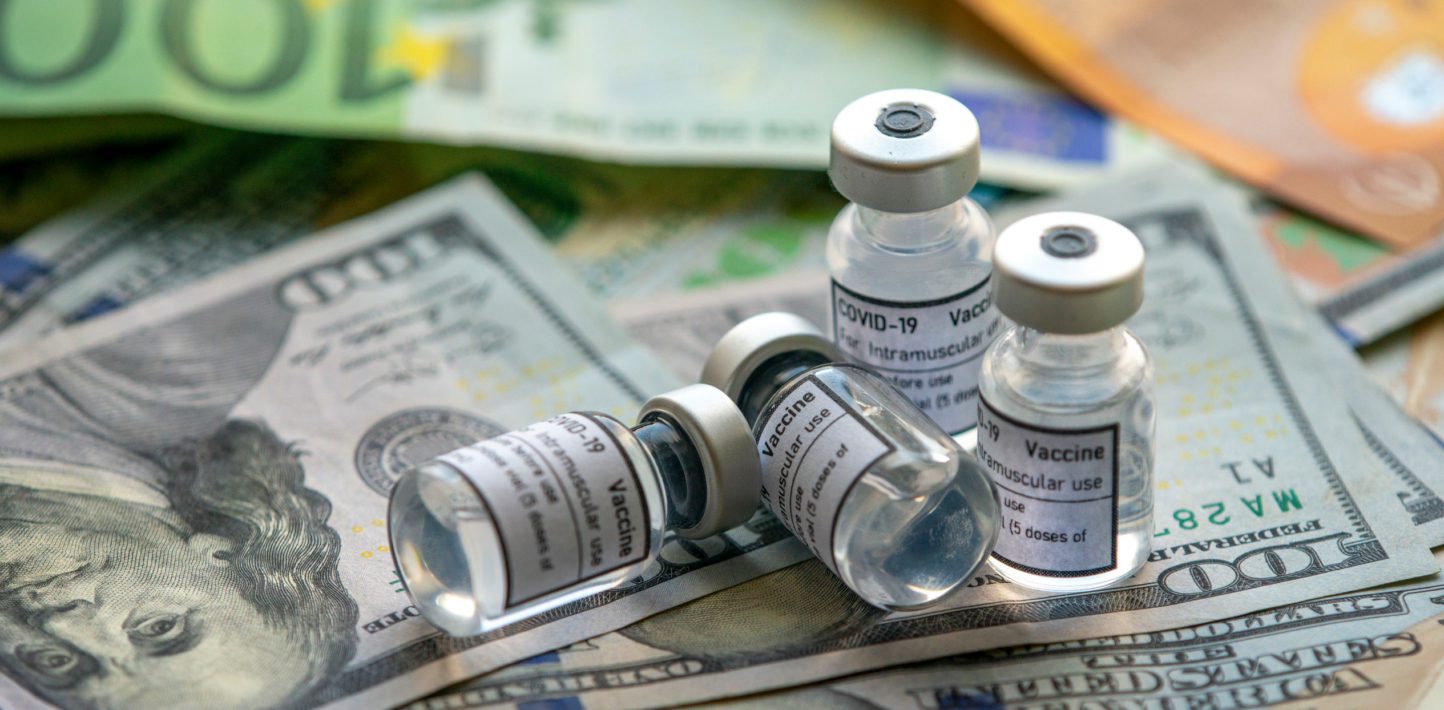

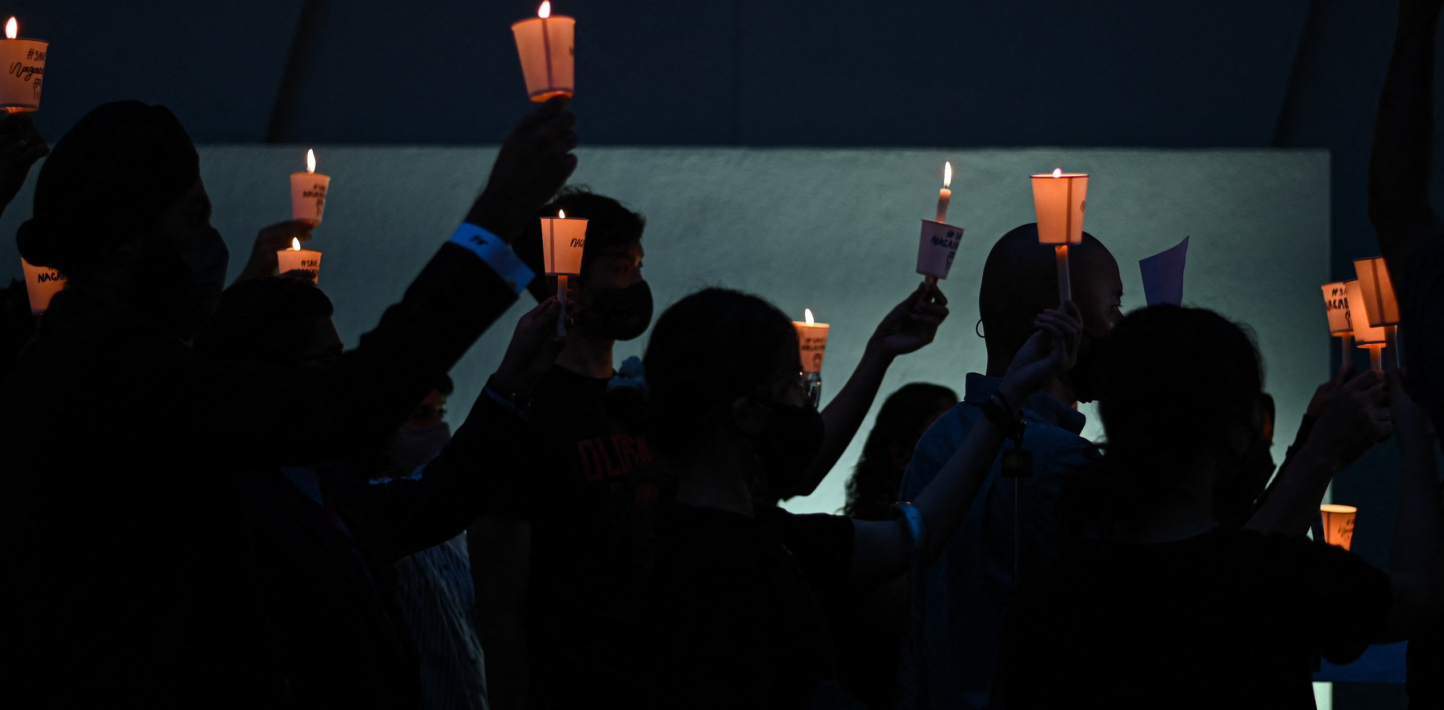




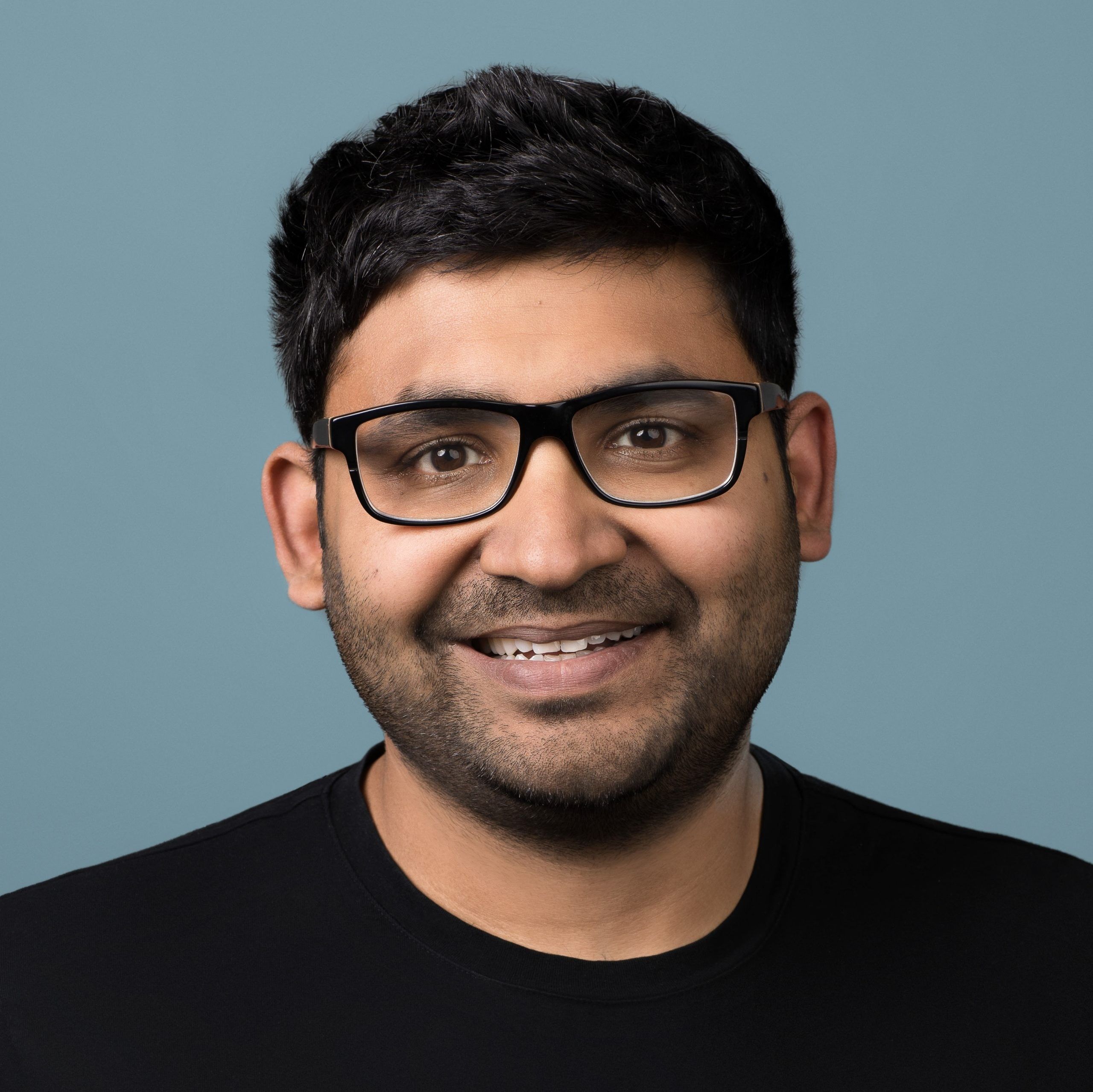
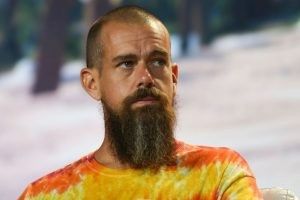
/cdn.vox-cdn.com/uploads/chorus_image/image/70792501/acastro_211129_4896_0001.5.jpg)
